When exposed to stress, people with alcohol use disorder engage parts of the brain associated with both stress and addiction, which may cause them to drink or crave alcohol after a stressful experience, suggest the authors of a study published in Alcohol: Clinical and Experimental Research.
Tag: Brain Imaging
A New Study Shows How Neurochemicals Affect fMRI Readings
A landmark study, led by Yen-Yu Ian Shih, PhD, at the UNC School of Medicine, shows how neurochemicals can influence blood vessels. The new findings may alter how researchers interpret results from functional magnetic resonance imaging.
A Decade of Progress: Addressing Humanity’s Shared Challenges
Ten years after the creation of Rutgers Biomedical and Health Sciences, new university institutes and centers are bringing the world’s best medical ideas to New Jersey and beyond
UTHealth Houston study: Unruptured brain aneurysms may be missed in routine clinical care, but AI-powered algorithm can help
Unruptured cerebral aneurysms of sizes and locations that require attention may be frequently missed in routine clinical care, but a machine learning algorithm could minimize missed care opportunities, according to a new study from UTHealth Houston.
Brain Imaging May Predict Motivation for Behavior Change in Alcohol Use Disorder
Brain imaging of neuron activity in certain areas of the brain may predict whether an individual is likely to successfully respond to interventions to reduce their drinking. In a study published in Alcohol: Clinical and Experimental Research, individuals whose baseline imaging showed decreased activity in areas of the brain associated with reward processing and impulsivity and increased activity in regions responsible for complex cognitive processes and emotional regulation were more likely to reduce their drinking following an intervention.
Brain stimulation may prove helpful to acute stroke patients, pilot study suggests
There are few effective treatments for acute stroke, and many patients aren’t eligible for them. An innovative pilot study from UCLA Health found promising results for a new potential treatment: highly targeted electrical stimulation to the affected brain area.
Brain-to-Brain Synchrony Between Students and Teachers Predicts Learning
Monitoring of students’ brain activity shows that brain-to-brain synchrony (or “getting on the same wavelength”) is predictive of learning outcomes.
Do WTC Responders With Cognitive Impairment Show Signs of a New Form of Dementia?
A study that assessed the brains of 99 World Trade Center (WTC) responders showed that WTC responders with cognitive impairment (CI) and post-traumatic stress disorder (PTSD) have a different presentation of the white matter in their brains compared to responders with CI without PTSD.
Scientists Create New Map of the Developing Cerebral Cortex
Scientists at the UNC School of Medicine have mapped the surface of the cortex of the young human brain with unprecedented resolution, revealing the development of key functional regions from two months before birth to two years after.
Binghamton University, Upstate Medical agree to closer collaborations
A new agreement between Upstate Medical University and Binghamton University’s Thomas J. Watson College of Engineering and Applied Science will strengthen ties between the two schools and encourage closer research collaborations.
Mindfulness Meditation Reduces Pain by Separating it from the Self
Mindfulness meditation is effective in reducing pain relief; UC San Diego study reveals the underlying neural circuitry.
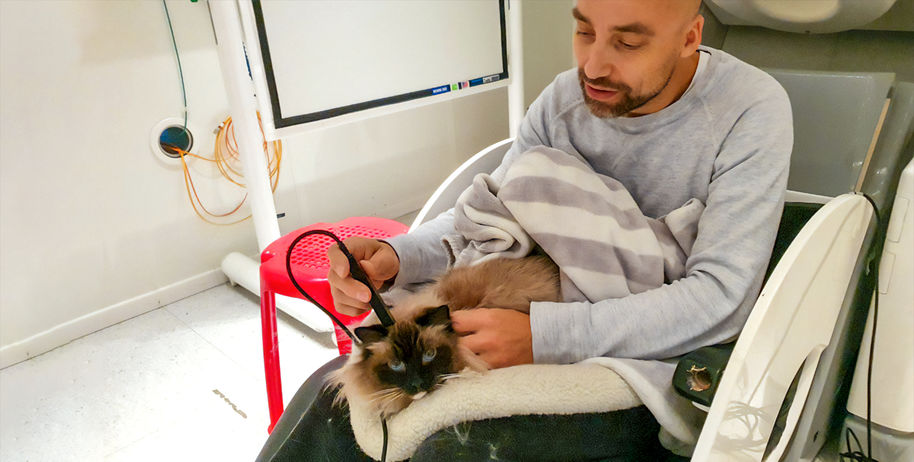
New imaging technique to find out what happens in the brains of cats and dogs
A brain imaging device based on quantum optical sensors could also be used to study the brains of human babies
Virginia Tech scientists tie improved learning processes to reduced symptoms of depression
In a Journal of the American Medical Association Psychiatry study led by Pearl Chiu and Brooks King-Casas of the Fralin Biomedical Research Institute at VTC, brain imaging and mathematical modeling reveal previously unreported mechanistic features of symptoms associated with major depressive disorder.
Wayne State University researcher invited to edit book on neuropsychiatry
A Wayne State University School of Medicine faculty member is editor of a newly published book, Brain Network Dysfunction in Neuropsychiatric Illness: Methods, Applications & Implications, published by Springer Nature Publishing.
Rutgers Opens Center for Advanced Human Brain Imaging Research
Rutgers Biomedical and Health Sciences has opened a new brain imaging research center to improve the diagnosis of neurological and psychiatric disorders and to help personalize and monitor treatments.
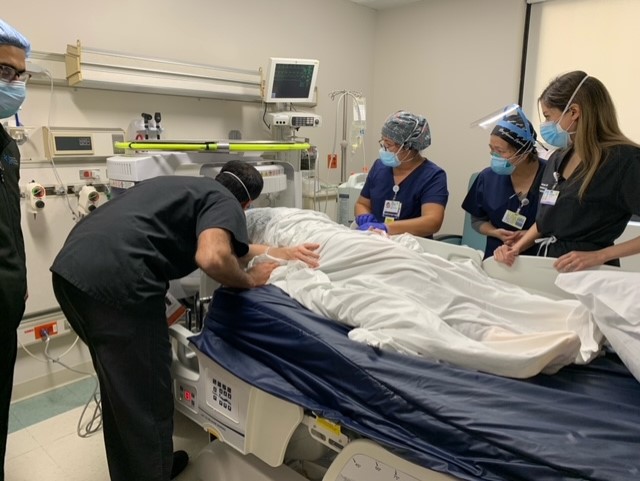
JFK University Medical Center First Hospital in New Jersey to Utilize New Portable MRI
Hackensack Meridian JFK University Medical Center is the first hospital in New Jersey to operate a new portable MRI that can be wheeled to the bedside of critically ill patients. The world’s first portable MRI called Swoop™, enables clinicians to obtain neurological images of critically ill patients at the point of care quickly and conveniently.
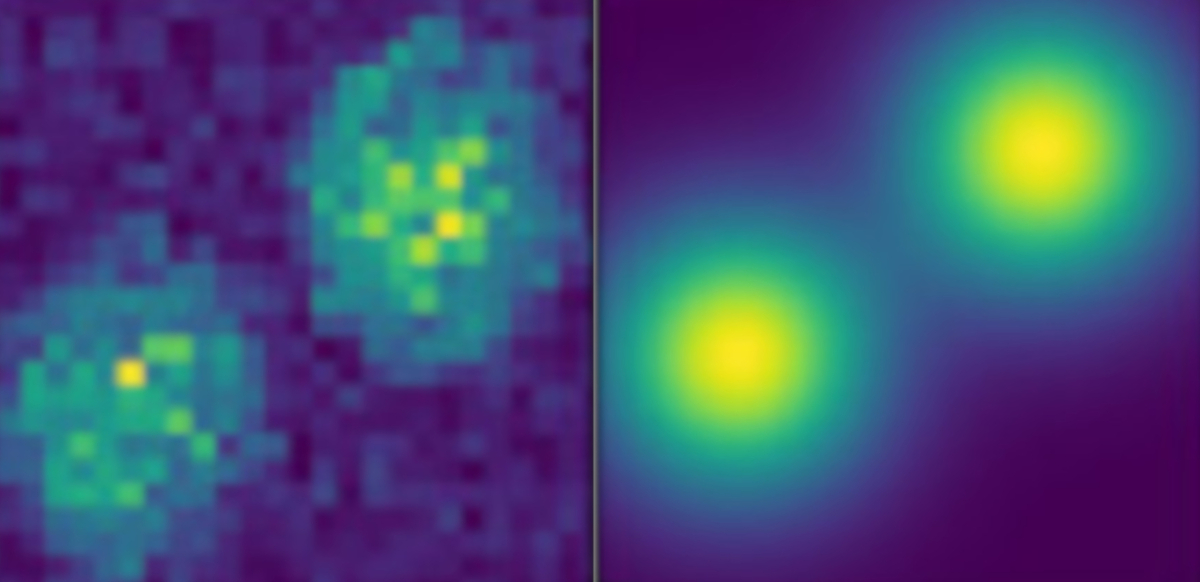
Shine On: Avalanching Nanoparticles Break Barriers to Imaging Cells in Real Time
A team of researchers co-led by Berkeley Lab and Columbia University has developed a new material called avalanching nanoparticles that, when used as a microscopic probe, offers a simpler approach to taking high-resolution, real-time snapshots of a cell’s inner workings at the nanoscale.
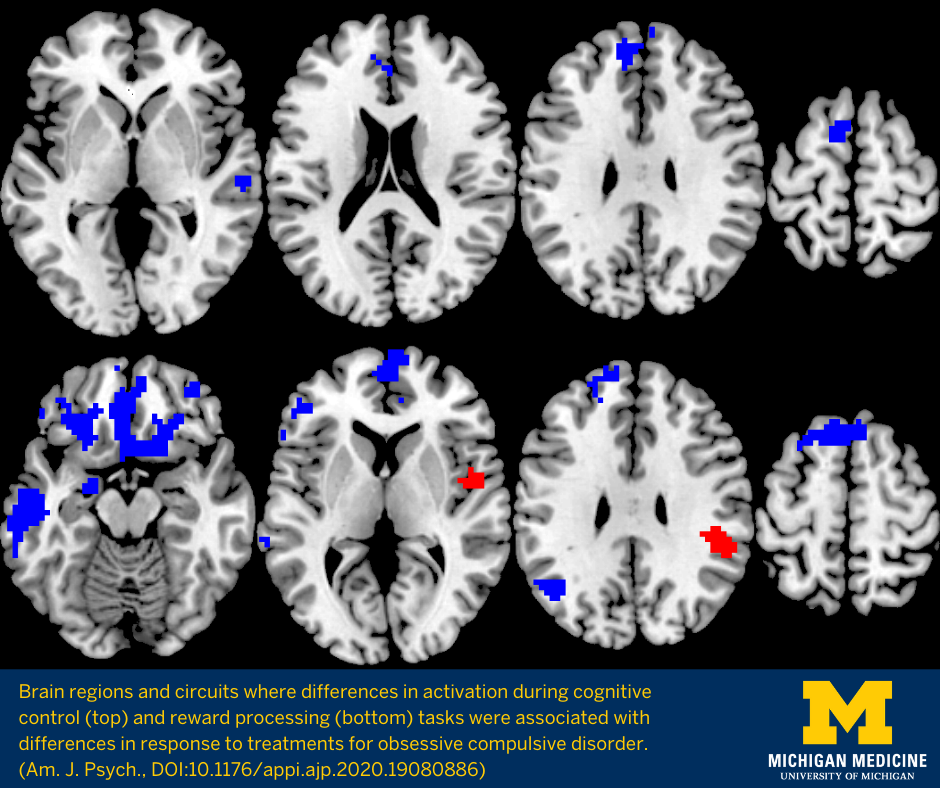
Which OCD treatment works best? New brain study could lead to more personalized choices
New research could improve the odds that people with obsessive-compulsive disorder will receive a therapy that really works for them – something that eludes more than a third of those who currently get OCD treatment. The study suggests the possibility of predicting which of two types of therapy will help people with OCD: One that exposes them to the subject of their obsessive thoughts and behaviors, or one that focuses on stress reduction and problem-solving.
Scanning the Brain to Predict Behavior, a Daunting ‘Task’ for MRI
To study the brain “in action,” researchers use a specialized form of brain imaging known as task-based functional MRI (task-fMRI), which shows how the brain responds to stimuli. While this technique can reveal much about the general workings of the average human brain, new research indicates that task-fMRI lacks the reliability to predict individual behavior or how a person might respond to mental-health therapies.
Cumulative Effects of Long Term Alcohol on Brain Function
Functional MRI (fMRI), a type of scan that measures brain activity, has enabled study of the impact of alcohol on brain function. This type of imaging allows brain activity to be assessed while participants are at rest, performing a simple task like tapping a finger, or doing a complex cognitive task like a memory task or decision-making. It works by detecting the change in blood flow that occurs when brain cells (or neurons) in different parts of the brain are activated. Blood flow provides the energy and oxygen needed for brain cells to activate, and it is this exchange of oxygen that is measured using fMRI and is reflected by brain blood flow. Complicated physics are involved in determining the profile of blood flow when a part of the brain is activated, and studies have shown that the time course of these changes – known as the hemodynamic response function (HRF) – is affected by acute alcohol consumption. However, the effects of heavy chronic (long-term) alcohol consumption on HRF
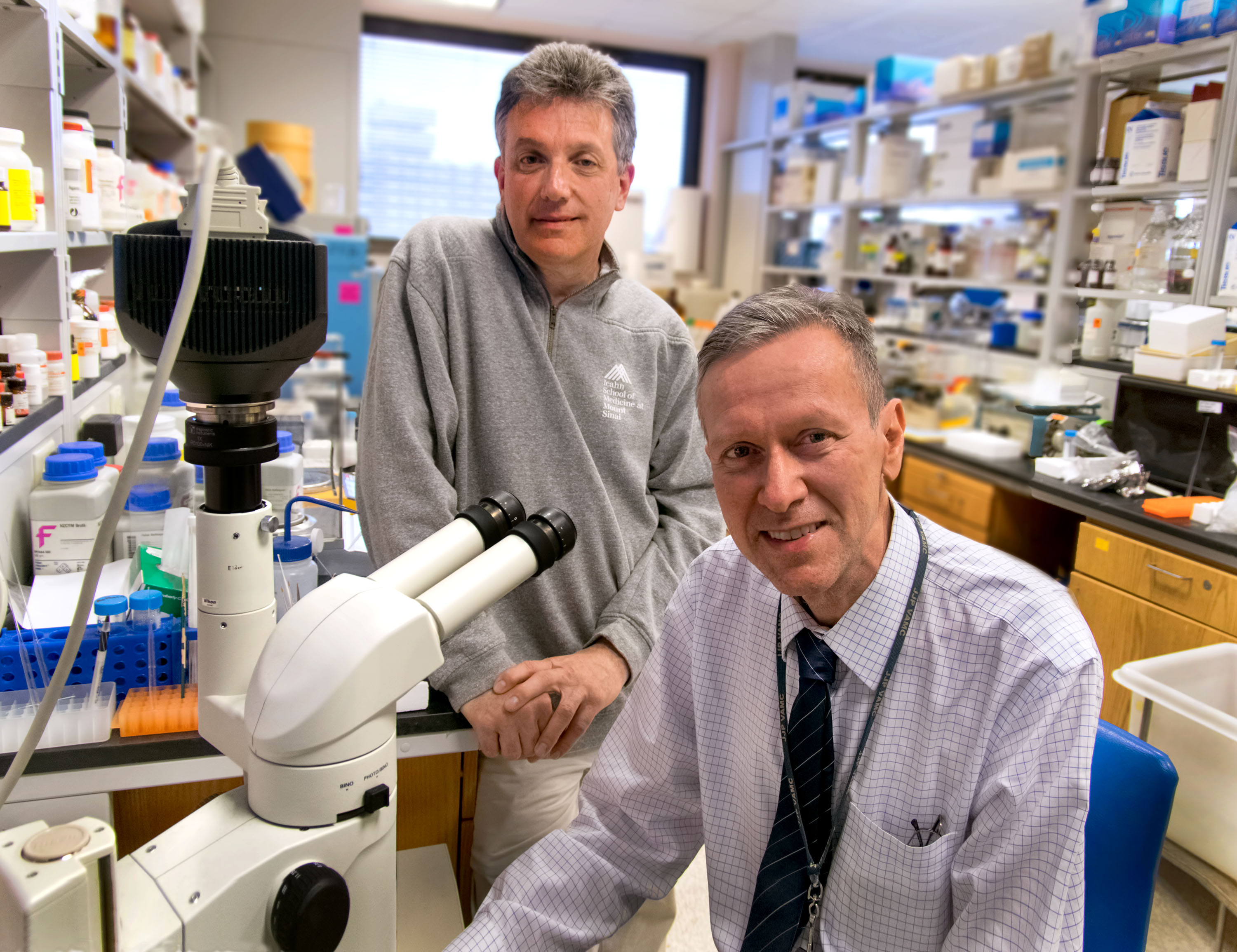
Brain Scan-Blood Test Panel Promises Improved Diagnosis of Brain Trauma Following Battlefield Blast Exposure
New brain scans and blood tests move researchers towards more sensitive diagnosis of battlefield brain trauma and evaluation of new drugs
To BOLDly Go (or No-go): Brain imaging predicts frequent binge drinking in adolescents
A study published in the journal Alcoholism: Clinical and Experimental Research could inform efforts to prevent adolescents from escalating to harmful patterns of drinking. Binge drinking in adolescence has many short- and long-term heath consequences, including risk of future alcohol use disorder and potential for harm to the developing brain. The risks are greatest for those who binge frequently – at least once a week. A hallmark of binge drinking is a reduced capacity to control one’s alcohol intake, related to a neurological process of ‘inhibitory control’ involving several regions of the brain. In adolescents who have not yet started drinking, specific alterations in these brain responses have been linked to an increased risk of future alcohol and drug use; however, it was not known if there are changes that could predict escalation of alcohol use among those already drinking. Therefore, researchers from the University of California investigated whether abnormal brain patterns co